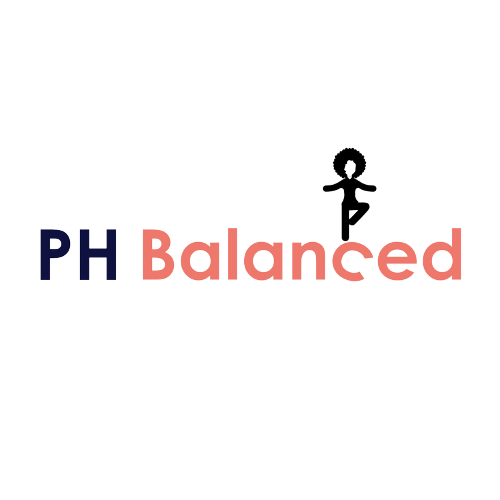Successful businesses recognize the value of attracting and retaining excellent people. Human resources (HR) departments are serving as advisors to their firms, using HR analytics to help them develop strategies to attract and retain talent. HR departments are beginning to gain a significant competitive advantage by implementing information research to assess top performers prior to hiring, boost customer loyalty, and keep their staff happy and engaged. As innovation for dealing with massive amounts of employee data advances, this strategic strategy may soon become the new normal.The time has come for human resources departments in manufacturing to embrace data analytics.
What Does It Mean to Use Big Data for HR?
When you use a statistical model, all of your generally held assumptions are replaced by data and validation. You’re not handing over control to an algorithm; you’re trading gut instincts for success rates.
Analyzing enormous amounts of various information in today’s fast-paced environment is difficult, but it is possible. When you use big data to your advantage, you can:
1. Lower the number of bad hires.
HR analytics can help you see a considerable reduction in the cost of failed hiring. An employee that is hired incorrectly might cost the organization far more than their pay and benefits. It could also mean higher recruitment costs, training costs, lost productivity, and unfavorable client feedback.
2. Increase employee retention.
When you recruit someone, you invest a lot of time, energy, and money on them. What happens if he or she decides to leave? You begin searching for new candidates , and the cycle begins again. Algorithms can detect people out of work or leaving using big data technologies by analyzing their web communications, profile changes, previous employment, employee commitment, and payroll data. When the system identifies a high-value employee, you have the option of providing them with a raise, a more difficult role, or further training to keep them. This strategy has helped several organizations, like Microsoft, Lashkar-e, and Credit Suisse, raise their engagement rates by up to 20%.
3. Decide on the probability.
How do you determine if a potential new hire is a culture add for your company’s culture or if they’ll do a good job? Going with your intuition is unreliable, and weighing all of the job requirements and comparing the candidate to your present top performers is time-consuming and could be biased. Furthermore, integrated business management models can create a profile of top performers based on the histories of successful personnel. You’ll get a focused headhunting platform that can send customized communications to the relevant candidates.
4. Enhance your compensation packages.
Have you determined the benefits employees desire as part of their compensation package? Employers can collect nutrition-related information data on their employees and prospects by following the lead of insurance firms. As a consequence, more appealing and advantageous packages can be developed. It’s crucial to emphasize that the corporation should be open about what they’re doing in order to avoid legal concerns stemming from discrimination. This can be accomplished by disclosing how you acquire and use data.
5. Moral and constitutional concerns
One of the greatest considerations of big data is privacy. Many people are concerned that their credentials would be used against individuals, and such actions have been called discriminatory. The use of big data in personnel should be considered a risk-frame system.



